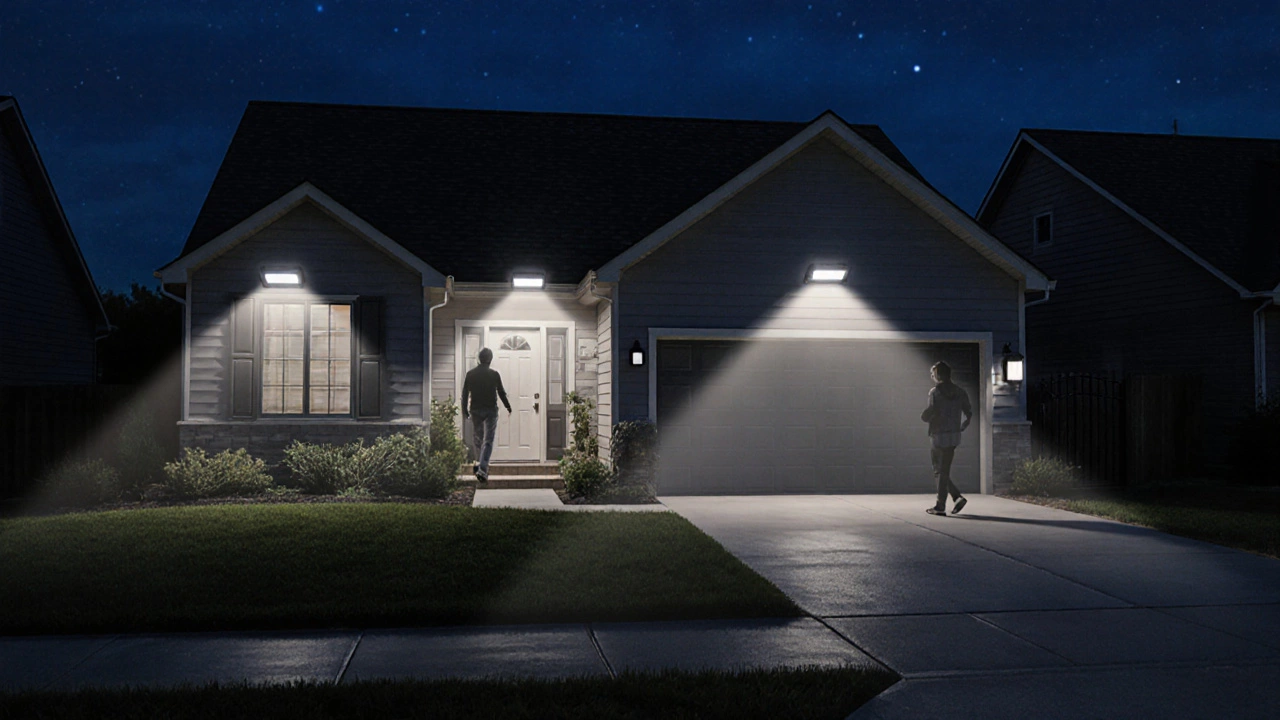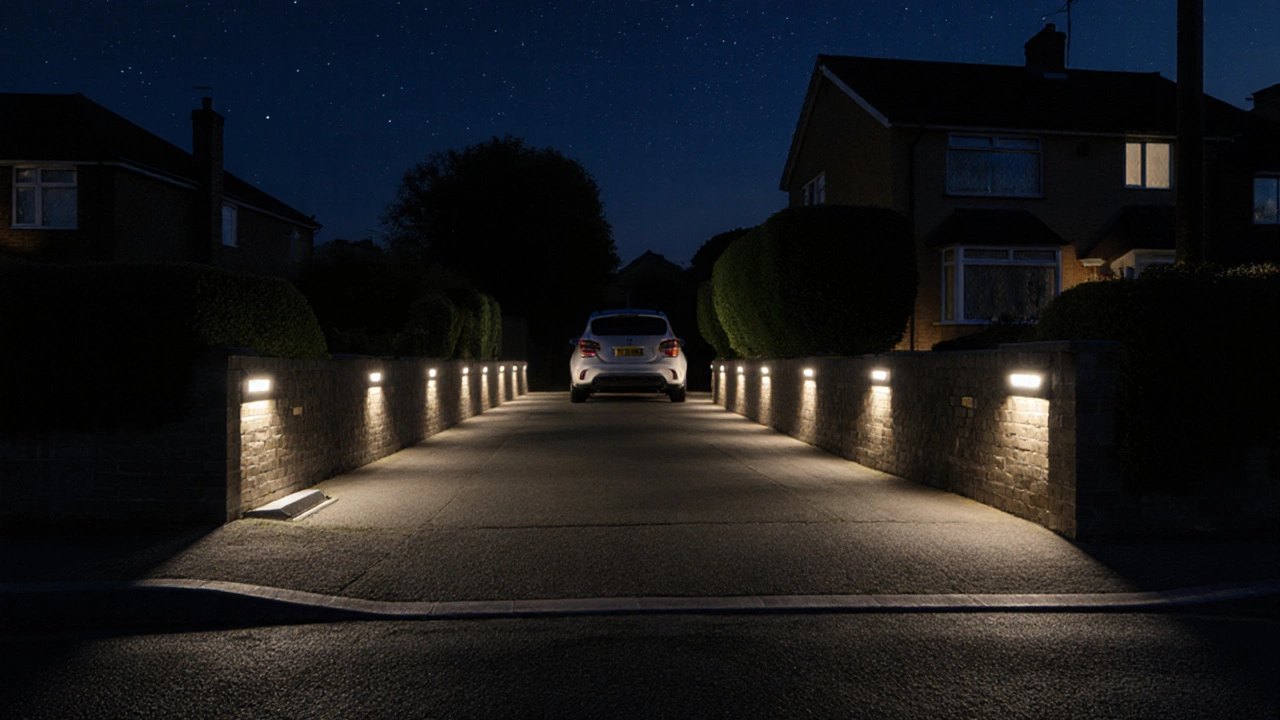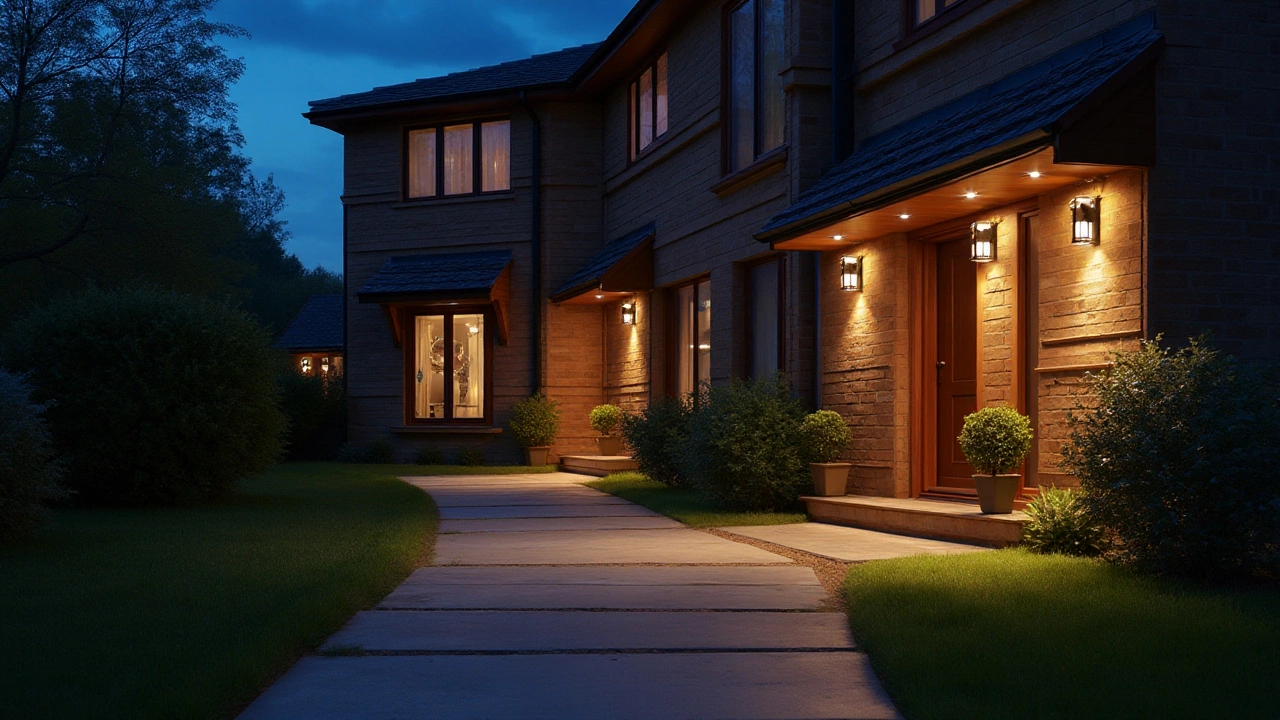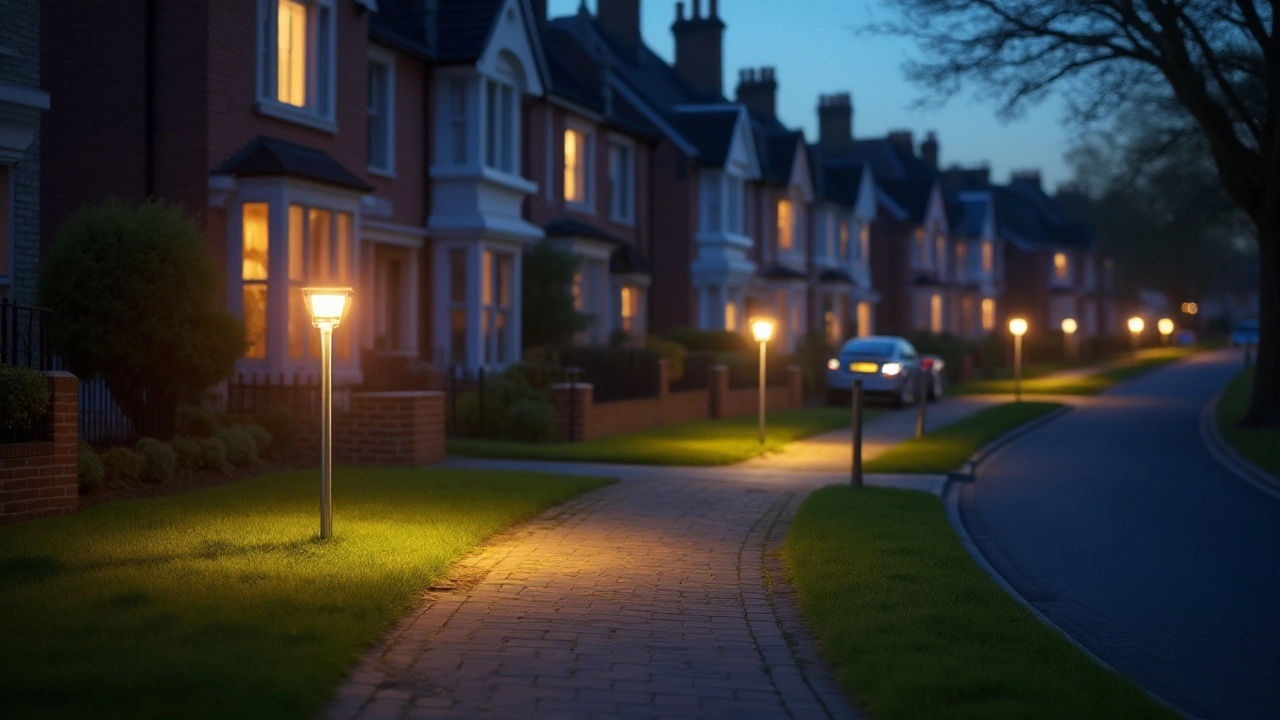Ever wonder why a dark driveway feels scary? A bright flash when you walk by can scare off a thief and help you see where you’re going. That’s the power of motion sensor lights – they turn on only when they sense movement, saving energy while keeping your home safe.
These lights are perfect for driveways, backyards, front doors, and any spot where a sudden glow would be useful. They work with batteries or mains power, and many models let you adjust the range, brightness, and timer. The result? A light that only shines when you need it, keeping your electricity bill low.
Most motion sensors use either infrared (IR) or ultrasonic technology. Infrared looks for the heat signature of a moving body, while ultrasonic sends out sound waves and measures the reflection. When the sensor spots a change, it sends a signal to the lamp, which then lights up for a preset period.
Modern units often include a built‑in photo‑cell that checks ambient light. If it’s already bright outside, the light stays off even if motion is detected. This prevents unnecessary flashes during the day and extends battery life.
Installation is usually a breeze. For a wired system, you’ll connect the sensor to a power source and mount the light where it can see the most activity. Battery‑powered lights just need a solid mount and a fresh battery pack. Many models come with a simple screwdriver‑type mounting bracket, so no electrician is required.
Start by thinking about where you need the most coverage. A front‑door sensor should have a shorter range (around 5‑10 meters) to avoid lighting up the whole driveway, while a backyard light might need 20 meters or more.
Brightness matters too. Look for lumens ratings that match the area size – 700‑800 lumens is plenty for a driveway, while 200‑300 lumens works for a porch. If you want a softer glow, choose a dimmable option.
Weather resistance is crucial. Choose lights with an IP rating of at least IP44 for protection against rain and dust. Stainless‑steel or sturdy plastic housings stand up to wind and cold better than cheap plastic.
Some lights offer smart features like Wi‑Fi connectivity, allowing you to receive alerts on your phone when motion is detected. This can be handy if you’re away and want to know if someone’s lurking around.
Finally, think about power. Battery models give you flexibility but need regular checks. Mains‑wired lights are more reliable for high‑traffic areas, especially if you can run a low‑voltage line safely.
Once you’ve picked a model, test it before you finish mounting. Walk past the sensor at different speeds and heights to make sure the range and angle suit your needs. Adjust the sensor’s tilt if the light isn’t covering the right spot.
In short, motion sensor lights give you a cost‑effective way to boost security, add convenience, and save energy. With the right choice and a quick install, you’ll have a brighter, safer home without the hassle of leaving lights on all night.

Learn how to choose outdoor security lighting that actually works-covering brightness, color temperature, motion sensors, solar vs. hardwired, placement, and real-world tips for 2025. Stop guessing. Start protecting.

Learn how to safely illuminate your driveway with LED, solar, or motion‑sensor lights. Get step‑by‑step design, wiring, and maintenance tips for lasting security.

Delve into the world of motion sensor lights, examining why they have become a staple in modern home security and convenience. Learn which brands and models stand out and what features are making waves in 2025. Discover some intriguing tidbits about the evolution of sensor technology and get practical tips for selecting and installing motion sensor lights in various settings.

Motion sensor lights have become popular due to their energy efficiency and convenience. However, they come with some drawbacks that homeowners should consider before installation. Issues such as unnecessary activations, installation challenges, and potential security vulnerabilities can offset their benefits. Additionally, the sensitivity and range of these lights can sometimes lead to frustration. It's essential to weigh these cons against their advantages to make the best lighting choice for your home.